The key to making delicious and fluffy steamed eggs lies in the following secrets revealed by chefs:
– According to the chef, the secret to perfect fluffy steamed eggs is to beat the eggs vigorously before steaming. Beating the eggs incorporates air, resulting in softer eggs, ultimately achieving a fluffy texture.
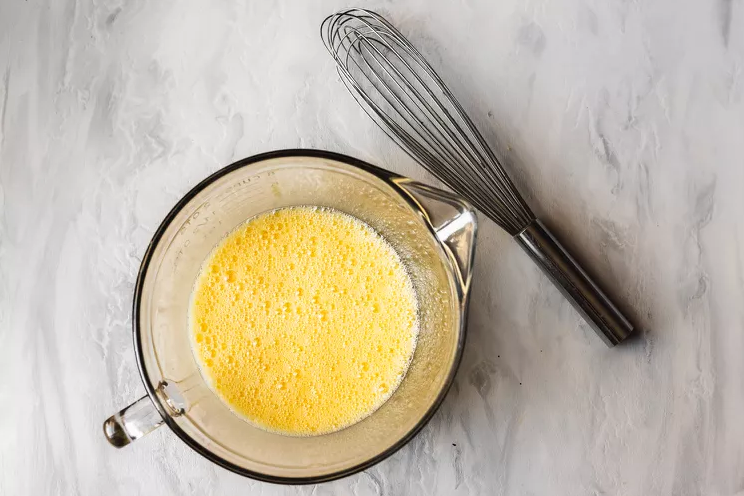
– These eggs are beaten twice: once to mix the eggs and a second time when you add fresh milk. For best results, beat until your arm is tired! The egg mixture should turn a pale yellow and frothy with bubbles.
– Another tip is to turn off the heat before the eggs are fully cooked. This prevents overcooking and dryness. The eggs will continue to cook for a moment after being transferred to a plate due to residual heat.
Below is the detailed guide on how to make steamed eggs:
Ingredients:
– 8 large eggs.
– 120ml of fresh milk (unsweetened).
– Salt to taste.
– White or black pepper, freshly ground, according to preference.
– 2 tablespoons of unsalted butter.
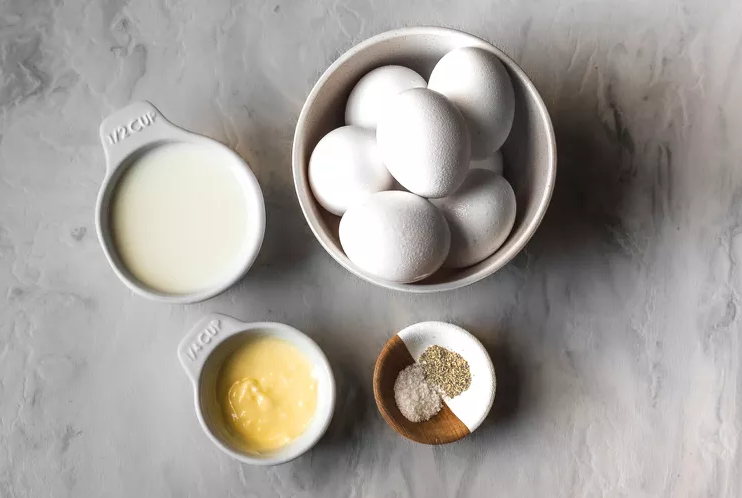
Instructions:
Crack the eggs into a glass mixing bowl and beat them until they turn a pale yellow and you see bubbles on the surface.
Add milk to the eggs and season with salt and white pepper. Beat the mixture vigorously. If you prefer, you can use an electric mixer or a stand mixer with a whisk attachment. Regardless of the tool you use, the goal is to incorporate as much air as possible into the eggs.
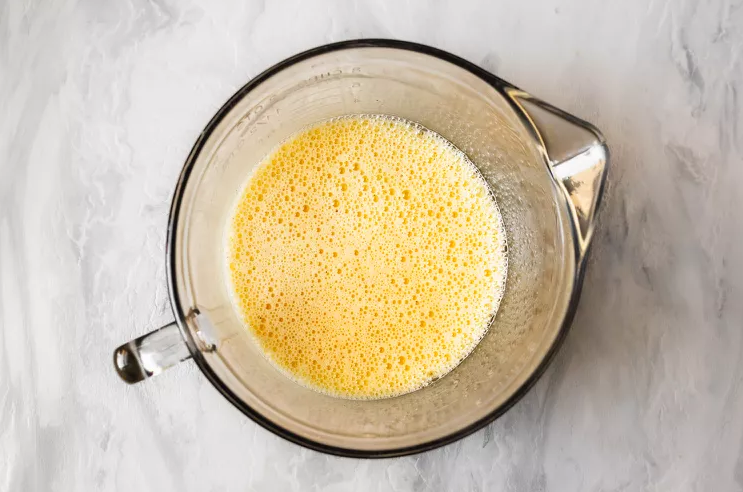
Note that you can beat the eggs in two batches to make the process easier and faster, ensuring that the eggs don’t form lumps.
Heat a non-stick or cast-iron pan over medium to low heat. Add butter and let it melt.
When the butter in the pan is hot enough to make a drop of water sizzle, pour in the eggs. Do not stir. Let the eggs cook for a maximum of 1 minute or until the bottom starts to set but not brown.
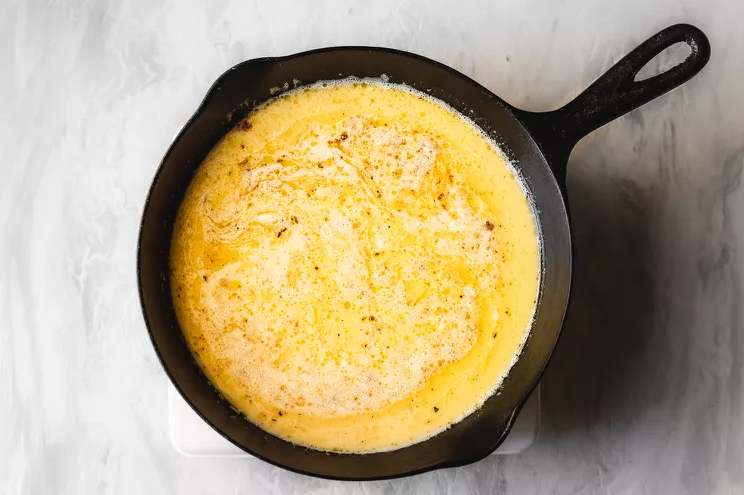
Using a silicone spatula, gently push one corner of the eggs towards the center of the pan while tilting the pan to allow the runny part to flow underneath. Repeat with the other corners until almost all of the eggs are set but still slightly wet. (Cook a little longer if you prefer drier eggs.)
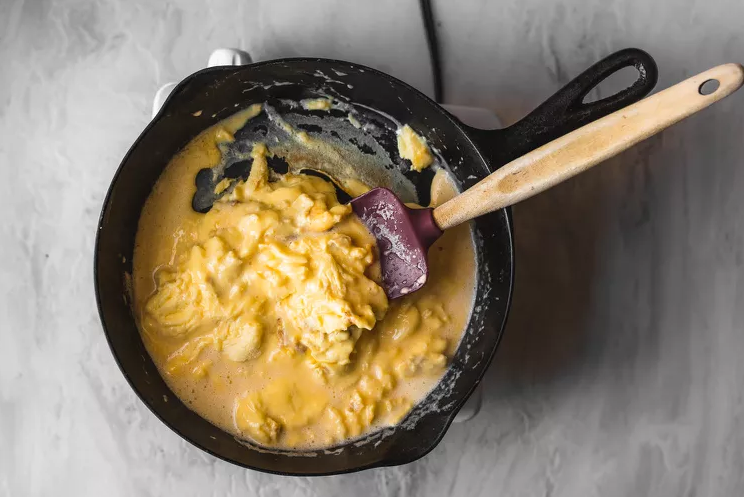
Turn off the heat and continue stirring and flipping the eggs gently until all the uncooked parts are set. Be careful not to break the eggs into pieces.
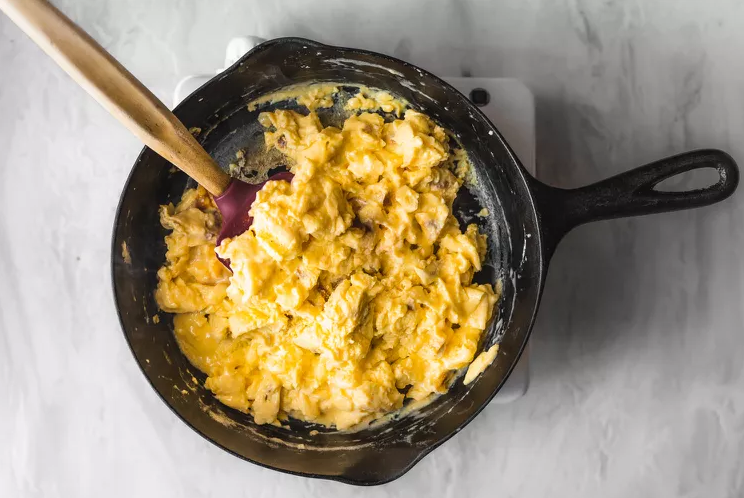
Serve the eggs when they are cooked but still moist and soft. As the eggs are very delicate, they will continue to cook for a moment after being plated due to residual heat. Enjoy them while they’re hot!
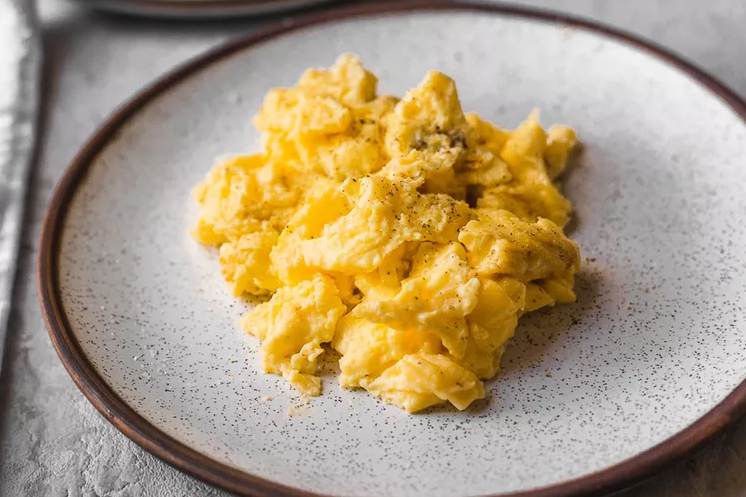
This style of steamed eggs is incredibly soft, fluffy, and flavorful. The rich and buttery taste is sure to be a crowd-pleaser.
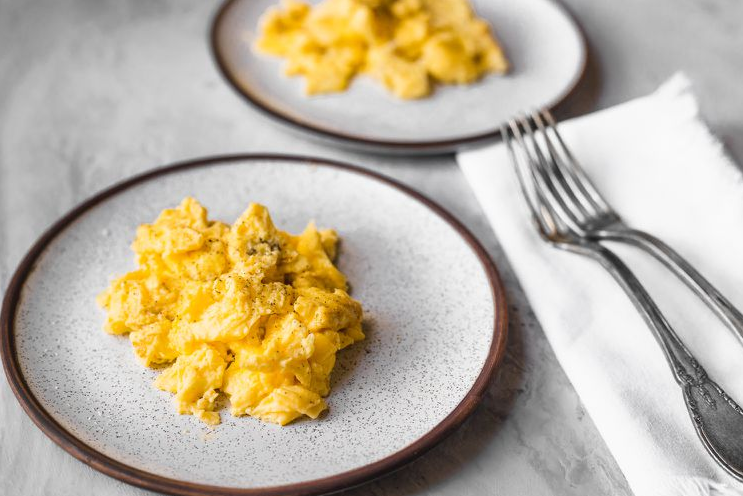
Good luck and happy cooking!






























